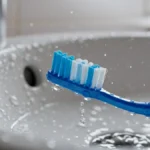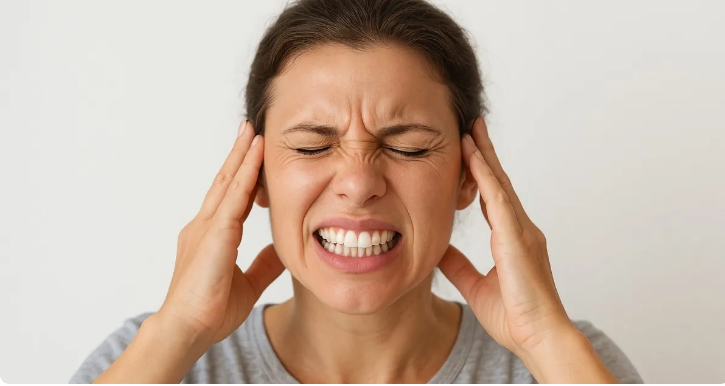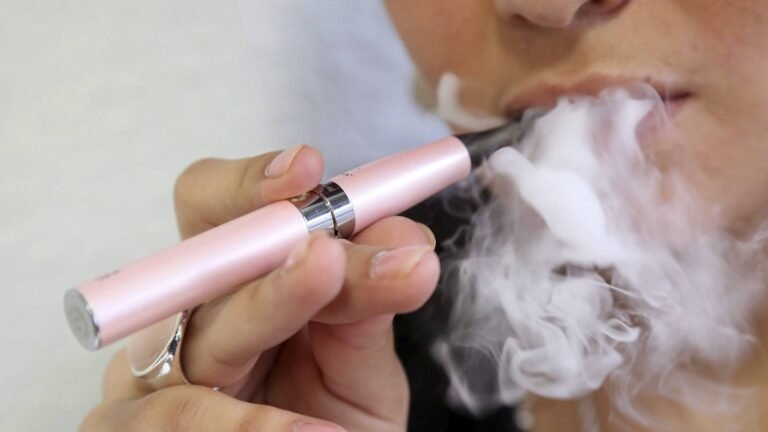Bruxism is a common disorder that affects millions of people worldwide, impacting their oral health and quality of life. Knowing its causes, symptoms, and prevention methods is crucial to avoiding further complications.
Bruxism is a condition in which people grind or clench their teeth involuntarily. This habit can occur during the day or night, but is most common while sleeping.
Although it often goes unnoticed, bruxism can have significant negative effects on oral health, including tooth wear, jaw pain, and headaches.
Causes of bruxism
The causes of bruxism are varied and can include psychological factors such as stress and anxiety, as well as physical problems such as poor dental alignment.
In some cases, the consumption of stimulants such as caffeine or alcohol can also contribute to the development of this disorder. Identifying the underlying cause is essential for effective treatment.
Common symptoms of bruxism
Symptoms of bruxism can vary, but generally include jaw pain, worn teeth, tooth sensitivity, and frequent headaches.
Some people also experience ear pain or sleep disturbances. If you experience any of these symptoms, it’s important to see a dentist for a proper evaluation.
Impact on oral health
Bruxism can have a significant impact on oral health. Tooth wear can lead to dentin exposure, increasing sensitivity and the risk of cavities.
In addition, constant stress on the jaw can cause temporomandibular disorders, affecting normal oral function and quality of life.
Diagnosis of bruxism
Diagnosis of bruxism is usually made through a dental exam. The dentist will look for signs of tooth wear and assess jaw alignment.
In some cases, sleep monitoring devices can be used to detect nighttime grinding. Early diagnosis is key to preventing further damage.
Effective treatments for bruxism
There are several treatments for bruxism, ranging from the use of dental splints to relaxation therapies.
Dental splints, also known as night guards, help protect teeth from wear.
Relaxation therapies and stress reduction can also be effective, especially if bruxism is related to psychological factors.
Prevention of bruxism
Preventing bruxism involves lifestyle changes and adopting healthy habits. Reducing caffeine and alcohol consumption, practicing relaxation techniques, and maintaining good sleep hygiene are important steps.
Additionally, it is crucial to make regular visits to the dentist to monitor oral health and detect any early signs of bruxism.
Practical examples of prevention
To prevent bruxism, consider implementing a relaxation routine before bed, such as meditation or yoga.
Avoid using electronic devices at least an hour before bedtime to improve sleep quality. Also, be sure to maintain a balanced diet and avoid excessive stimulant use.
Bruxism is a disorder that can have a significant impact on oral health and quality of life. However, with early diagnosis and a proactive approach to prevention and treatment, its effects can be minimized.
Don’t ignore symptoms and seek the guidance of a healthcare professional to protect your smile and overall well-being.























+ There are no comments
Add yours